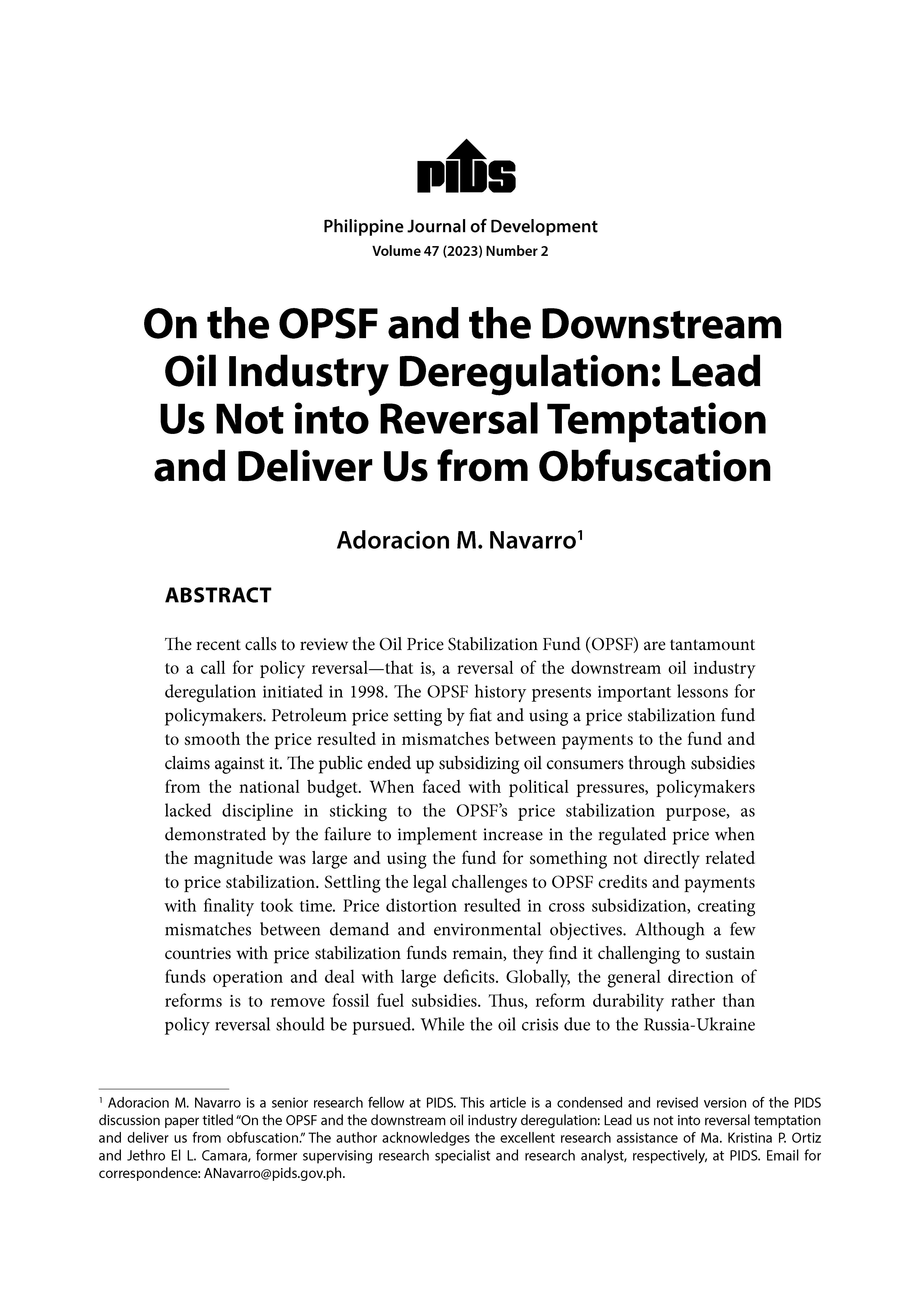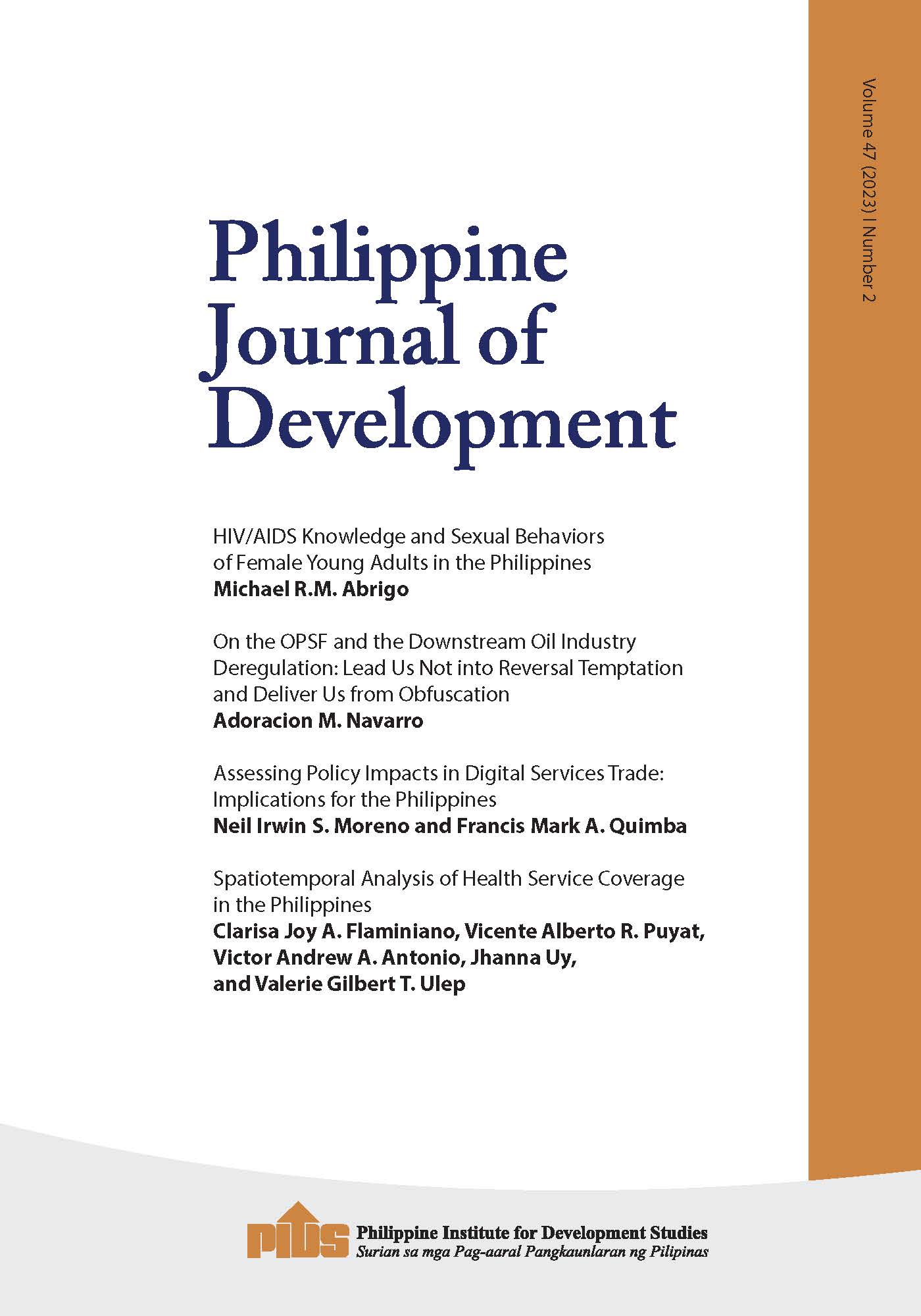The country can pursue a policy that will put a cap on capacity of Manila ports in an effort to address the impact of port congestion on businesses and the economy.
Government think tank Philippine Institute for Development Studies (Pids) released a policy note analyzing port congestion and underutilization in the Greater Capital Region composed of the National Capital Region and neighboring Central Luzon and Southern Tagalog.
Among the port traffic development alternatives for Metro Manila and its surrounding areas analyzed by Japan International Cooperation Agency, authors of the Pids study favored an option to limit Manila port to Berth 6 capacity of Manila International Container Terminal (MICT) and no port expansion for South Harbor.
This scenario involves suspending further expansion of MICT beyond its present capacity and the conversion of Pier 9 to a foreign container berth.
"Volume restriction is relatively more effective than price incentives in diverting traffic to Batangas and Subic Ports,” the Pids study noted.
However, if pursued, the policy notes underscored the need for such effort to be complemented by increasing the number of Bureau of Customs and Philippine Ports Authority personnel at the ports and expand the cargo handling equipment and berth and container yard capacity.
These should commensurate to the volume of cargo and transaction that are targeted to be diverted from the Port of Manila.
Further, the paper proposed that port authorities give instruction that cargoes bound for or coming from the south of Manila should call on the Batangas Port, while those bound for or coming from the north of Manila should call on the Subic Port.
Batangas Port has an annual capacity of 300,000 containers, while Subic Port has an annual capacity of 600,000 containers.
The utilization rates for Batangas Port and Subic Port reached measly 7.8 percent and 6.3 percent, respectively, in 2013.
To address the impact of port congestion, the paper also urged the International Container Terminal Services Inc. to revive the Philippine National Railway (PNR) rail-freight operation to its inland container depot in Calamba, Laguna, during off-peak hours.
"The revival of the Philippine National Railway network from Bicol region to La Union can provide a convenient and alternative way to travel and ship cargo in the Luzon area,” it said.
The paper said there is also a need for a gradual rehabilitation and improvement of the PNR line so that it can be used to move empty, unclaimed and abandoned containers to an inland container yard.
Further, the paper noted that the problems of port congestion, high trucking cost and surcharge imposed by shipping lines to remove large quantities of empty containers persist even after the city of Manila lifted the truck ban indefinitely in September 2014.
These are compounded by the Department of Public Works and Highways’s ongoing road construction and rehabilitation work near the port area.
Related Posts
Publications
Press Releases
Video Highlights
[No related items]








